The recommendation of a suckler cow cull scheme in the Food Vision beef and sheep report is the latest initiative that will have the effect of reducing Irish beef production.
Already the removal of money from the farm income part of the CAP for environmental schemes, convergence, front-loading and strong incentives for switching to organic farming all have the effect of discouraging production.
By devising a destocking scheme for suckler cows, a further layer of reduction will be achieved and it will be an attractive option for some farmers in what has become a very marginal business commercially.
MII highlights the consequences
While the farm organisations have distanced themselves from the report by reserving their position, with the INHFA pulling out completely, Meat Industry Ireland (MII) has came out strongly in opposition.
The industry body correctly points out the consequences of losing suckler cows to the Irish economy with an economic cost of €1.5bn, 6,500 jobs and the loss of the equivalent of 14,500 farmer jobs. A 20% reduction in beef output would mean a loss of beef exports to the value of €700m and reduced economic activity in rural areas at a cost of €800m per annum.
This won’t be news to anyone who saw the findings of the KPMG report commissioned by the Irish Farmers Journal just over a year ago.
It modelled what the delivery of a series of emissions reduction targets would mean in terms of the loss of output from the beef and dairy sectors.
The recommendation of the beef and sheep vision report is a partial outworking of that and the loss of output will be further increased by the other measures referred to that are part of the incoming CAP.
Cattle supply at risk
For the Irish meat processing industry, all these measures combined will undermine the abundant supply of very competitively priced high-quality cattle coming off Irish farms.
A cull scheme will be attractive to farmers who are finding the commercial benefit of continued farming marginal but would be much less attractive if it was highly profitable.
It is doubtful if there would be much uptake of a scheme where a dairy farmer was offered the same price as his suckler counterpart to cull productive cows.
Irish factories have been well incentivised through Government supports to invest in meat processing in Ireland.
However, if there comes a point where it isn’t financially viable to operate, they can close or even mothball a factory.
In fact, beef processing was a highly seasonal business in its earlier days and it wasn’t uncommon for factories to close for a period when cattle supplies were scarce.
If there was no possibility of supplies recovering to support present slaughter capacity, then companies would either withdraw or relocate elsewhere.
Many Irish beef processors have businesses in Britain and some in continental Europe.
Zero global effect from Irish cut
On the issue of supplying EU beef demand, the reality is that if there is a gap on the supply side, there are global supplies that are available. Mercosur is the obvious choice but watch out for additional UK supplies as Australian and New Zealand beef make inroads to that market after the trade deals come into effect.
Also, the fact that Irish meat processors are ever more focused on added value work as opposed to just slaughtering cattle and selling carcases means an option for them is to source raw material externally, most likely from South America, if we don’t have the capacity to supply from Ireland.
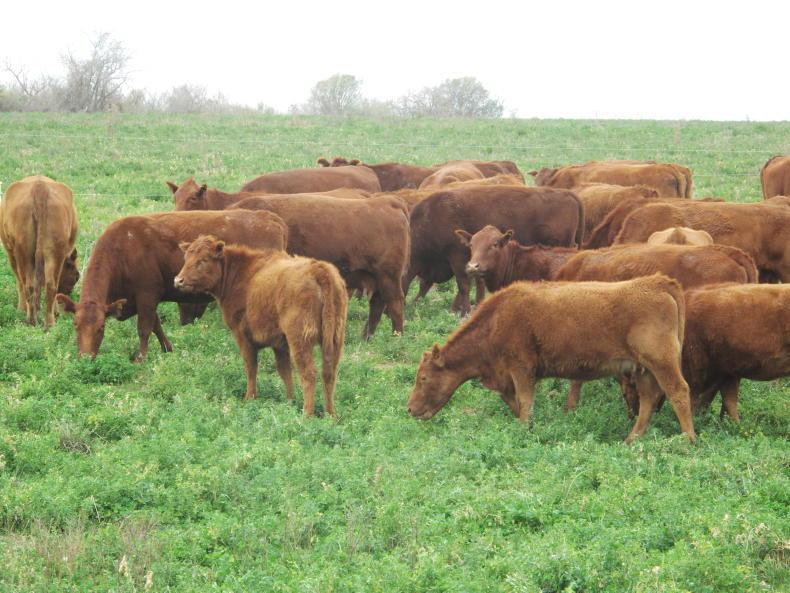
Argentina and other South American countries are well placed to supply any deficit in European production.
The consequence of a legal requirement to achieve a 25% cut in emissions from agriculture is less livestock, as the KPMG report concluded over a year ago.
What we are debating now is how this will be delivered and precisely what the consequences will be.
This may mean less production from Irish farmers, with the attached cost, but that will simply mean this production will come from elsewhere. So, a 25% cut in emissions from Ireland will lead to a corresponding increase elsewhere in the world.
Read more
Measuring the economic contribution of agriculture, locally and nationally
Cut in herd likely in order to reach emissions target
Choices for farmers will mean less livestock
The recommendation of a suckler cow cull scheme in the Food Vision beef and sheep report is the latest initiative that will have the effect of reducing Irish beef production.
Already the removal of money from the farm income part of the CAP for environmental schemes, convergence, front-loading and strong incentives for switching to organic farming all have the effect of discouraging production.
By devising a destocking scheme for suckler cows, a further layer of reduction will be achieved and it will be an attractive option for some farmers in what has become a very marginal business commercially.
MII highlights the consequences
While the farm organisations have distanced themselves from the report by reserving their position, with the INHFA pulling out completely, Meat Industry Ireland (MII) has came out strongly in opposition.
The industry body correctly points out the consequences of losing suckler cows to the Irish economy with an economic cost of €1.5bn, 6,500 jobs and the loss of the equivalent of 14,500 farmer jobs. A 20% reduction in beef output would mean a loss of beef exports to the value of €700m and reduced economic activity in rural areas at a cost of €800m per annum.
This won’t be news to anyone who saw the findings of the KPMG report commissioned by the Irish Farmers Journal just over a year ago.
It modelled what the delivery of a series of emissions reduction targets would mean in terms of the loss of output from the beef and dairy sectors.
The recommendation of the beef and sheep vision report is a partial outworking of that and the loss of output will be further increased by the other measures referred to that are part of the incoming CAP.
Cattle supply at risk
For the Irish meat processing industry, all these measures combined will undermine the abundant supply of very competitively priced high-quality cattle coming off Irish farms.
A cull scheme will be attractive to farmers who are finding the commercial benefit of continued farming marginal but would be much less attractive if it was highly profitable.
It is doubtful if there would be much uptake of a scheme where a dairy farmer was offered the same price as his suckler counterpart to cull productive cows.
Irish factories have been well incentivised through Government supports to invest in meat processing in Ireland.
However, if there comes a point where it isn’t financially viable to operate, they can close or even mothball a factory.
In fact, beef processing was a highly seasonal business in its earlier days and it wasn’t uncommon for factories to close for a period when cattle supplies were scarce.
If there was no possibility of supplies recovering to support present slaughter capacity, then companies would either withdraw or relocate elsewhere.
Many Irish beef processors have businesses in Britain and some in continental Europe.
Zero global effect from Irish cut
On the issue of supplying EU beef demand, the reality is that if there is a gap on the supply side, there are global supplies that are available. Mercosur is the obvious choice but watch out for additional UK supplies as Australian and New Zealand beef make inroads to that market after the trade deals come into effect.
Also, the fact that Irish meat processors are ever more focused on added value work as opposed to just slaughtering cattle and selling carcases means an option for them is to source raw material externally, most likely from South America, if we don’t have the capacity to supply from Ireland.

Argentina and other South American countries are well placed to supply any deficit in European production.
The consequence of a legal requirement to achieve a 25% cut in emissions from agriculture is less livestock, as the KPMG report concluded over a year ago.
What we are debating now is how this will be delivered and precisely what the consequences will be.
This may mean less production from Irish farmers, with the attached cost, but that will simply mean this production will come from elsewhere. So, a 25% cut in emissions from Ireland will lead to a corresponding increase elsewhere in the world.
Read more
Measuring the economic contribution of agriculture, locally and nationally
Cut in herd likely in order to reach emissions target
Choices for farmers will mean less livestock





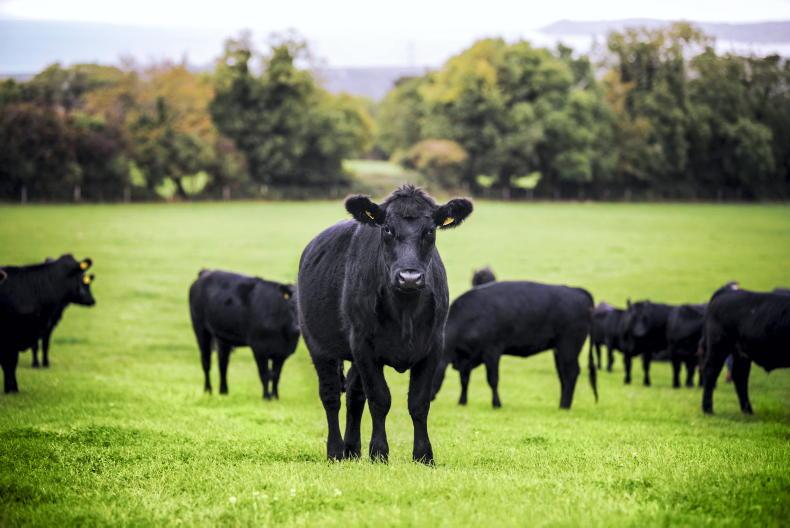
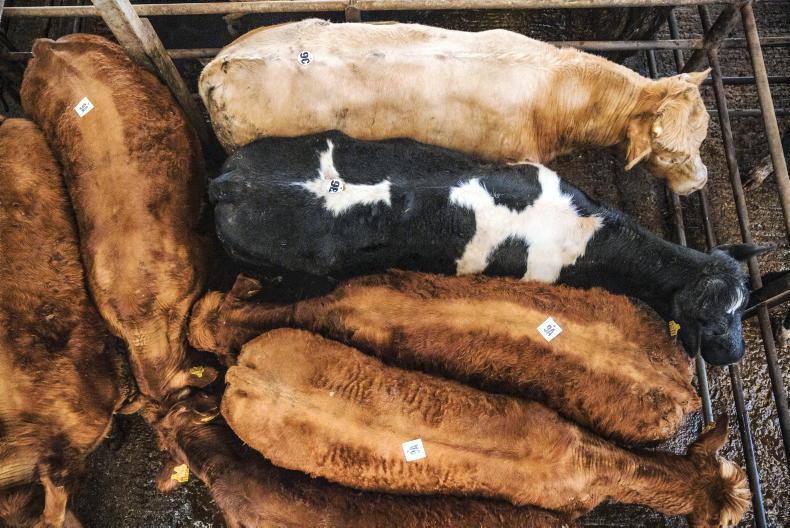

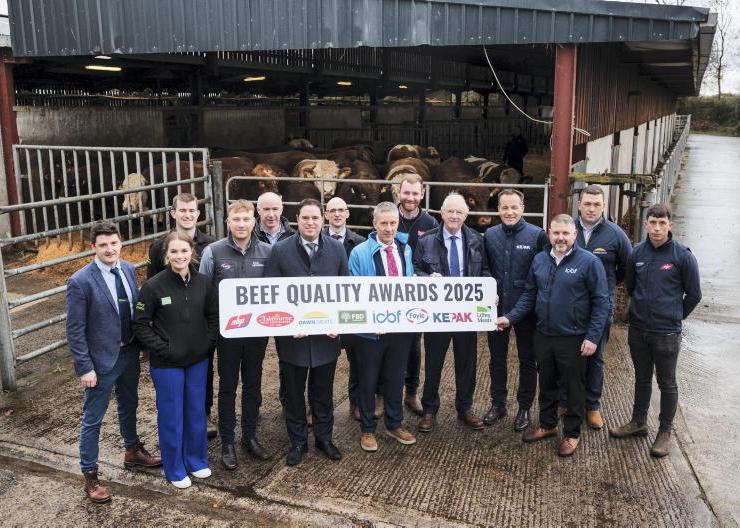
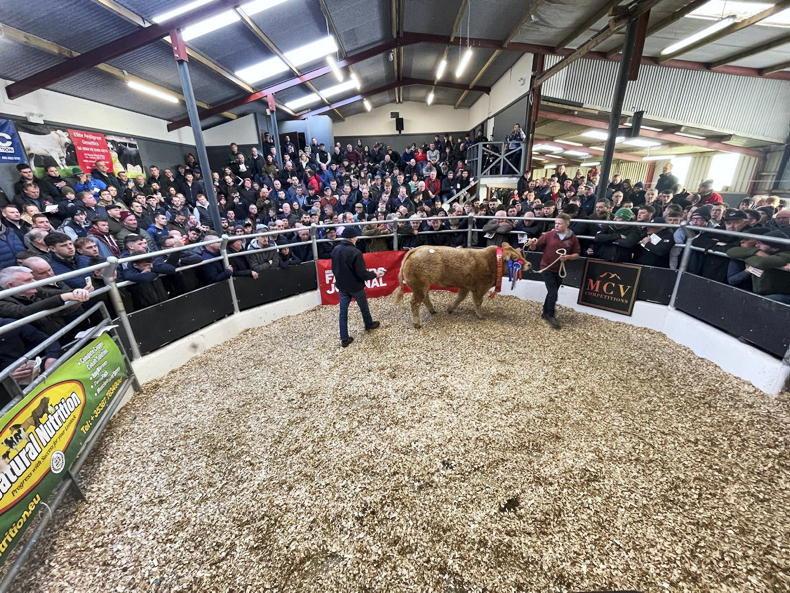
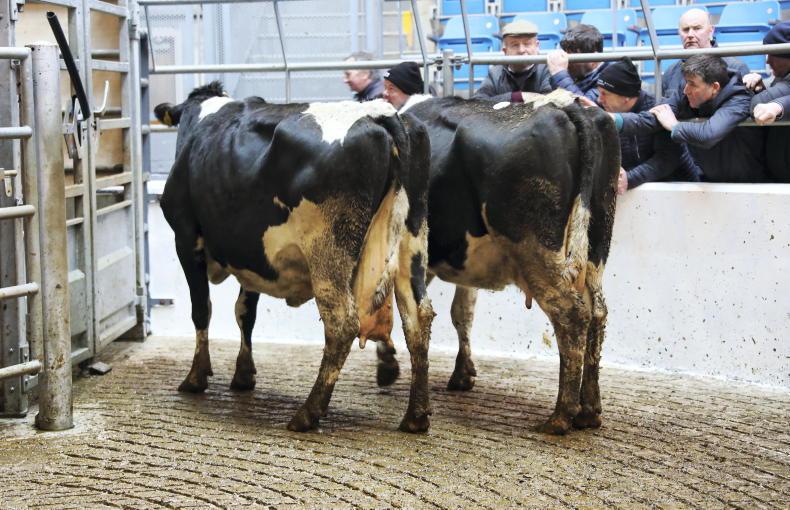
SHARING OPTIONS